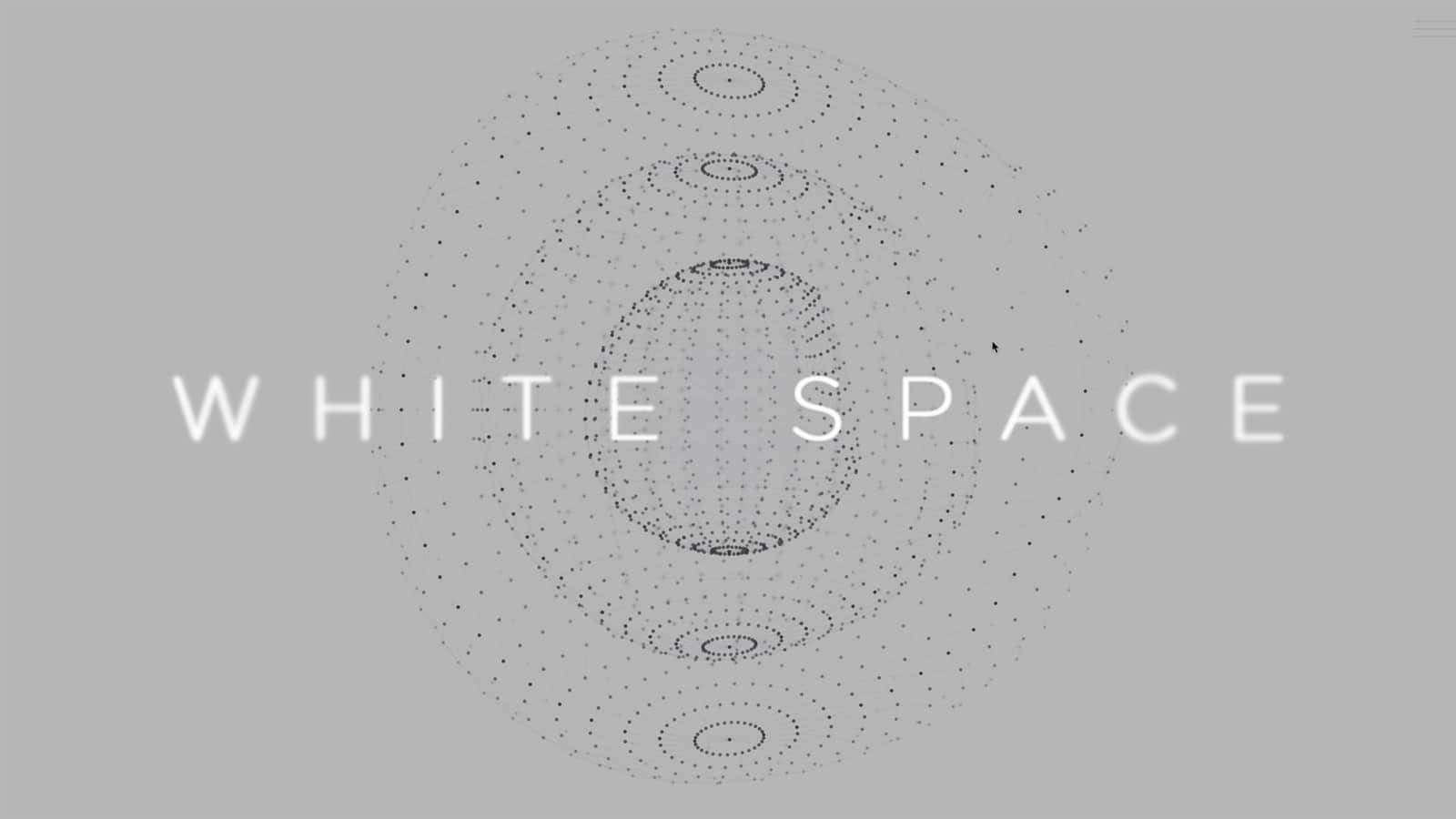Introduction
In the realm of web design, whitespace, also known as negative space, refers to the empty or blank areas between and around elements on a webpage. Although often overlooked, whitespace plays a crucial role in creating a visually appealing and user-friendly website. At Kiwi Web Solutions, we understand the significance of whitespace in web design. This blog article will discuss the function of whitespace and how it may improve the clarity and aesthetics of your website.
Table of Contents
ToggleCreating Breathing Room
Whitespace provides breathing room for your website’s elements, allowing them to stand out and be easily understood. By strategically incorporating whitespace, you can create a sense of balance, harmony, and clarity. It helps declutter the visual space, allowing users to focus on the essential elements and information.
Enhancing Visual Hierarchy
Visual hierarchy is the arrangement and prioritization of elements on a webpage. Whitespace helps establish visual hierarchy by creating separation between different elements. By utilizing whitespace, you can emphasize important elements such as headlines, call-to-action buttons, or key messages, while de-emphasizing less significant content.

Get a Free Website Audit Today
Improving Readability and Legibility
Whitespace significantly contributes to the readability and legibility of your website’s content. It gives enough space between lines of text and paragraphs so that readers may easily read and understand the content. The absence of clutter allows the eye to flow smoothly, reducing visual fatigue and enhancing the overall reading experience.
Guiding User Attention
Whitespace can be strategically used to guide users’ attention and direct their focus. By surrounding a specific element with whitespace, such as a key image or a headline, you can draw attention to it and create a visual path for users to follow. This helps guide their navigation and ensures they notice the most important elements on your website.
Fostering User Experience
A well-designed whitespace layout contributes to a positive user experience. It creates a sense of spaciousness, which enhances ease of navigation and reduces cognitive load. Users are more likely to engage with a website that provides a visually pleasing and clutter-free environment.
Emphasizing Minimalism
Whitespace aligns beautifully with the principles of minimalism in web design. Minimalism promotes simplicity, clean lines, and a focus on essential elements. By incorporating ample whitespace, you can achieve a minimalist design that conveys elegance, sophistication, and modernity.
Promoting Brand Identity
Whitespace can be used strategically to reflect and enhance your brand identity. It allows your brand elements, such as logos or taglines, to be prominent and memorable. The use of whitespace can evoke a sense of professionalism, clarity, and attention to detail, aligning with your brand’s values and personality.
Aiding Mobile Responsiveness
Whitespace plays a crucial role in mobile responsiveness. Considering the increasing prevalence of mobile devices, it is crucial to create websites that fluidly adjust to various screen sizes. Whitespace provides flexibility in responsiveness, allowing content to be displayed clearly and elegantly on various devices.
Encouraging Focus and Engagement
Whitespace can create a sense of focus and invite users to engage with your website. By eliminating distractions and unnecessary elements, whitespace helps users concentrate on the core content and calls-to-action. This can lead to increased user engagement and improved conversion rates.
Balancing Visual Elements
Whitespace acts as a balancing element in your overall design composition. It helps distribute visual weight evenly and creates a sense of harmony. By carefully considering whitespace, you can achieve a visually balanced layout that feels cohesive and pleasing to the eye.
Experiment with Different Whitespace Types
There are numerous varieties of whitespace, and each one may have a big impact on the way your website is created. Consider incorporating different whitespace types, such as macro whitespace (space between major sections), micro whitespace (space between smaller elements), and gutter whitespace (space between columns or modules). Experimenting with different whitespace types can add depth and visual interest to your design.
Optimize Navigation with Whitespace
Whitespace can improve the usability of your website’s navigation. By incorporating ample whitespace around navigation menus and buttons, you can make them more prominent and easy to spot.
Pay Attention to Whitespace Consistency
When it comes to efficiently employing whitespace, consistency is essential. Maintain consistent spacing and alignment throughout your website to create a cohesive visual experience. Consistency in whitespace ensures that your design appears intentional and polished.
Use Whitespace to Encourage Scrolling
Whitespace can play a crucial role in encouraging users to scroll down your web pages. By using whitespace strategically, you can create a sense of curiosity and guide users to explore further. Incorporate ample vertical whitespace between sections to entice users to scroll and discover more of your content.
Collaborate Whitespace with Imagery
Whitespace can enhance the impact of imagery on your website. By surrounding images or visual elements with whitespace, you give them room to breathe and draw attention. Whitespace acts as a frame, making images stand out and creating a visually appealing composition.
Consider Responsive Whitespace
Responsive design is essential in today’s mobile-first world. Ensure that your whitespace adjusts gracefully on different devices and screen sizes. Whitespace should adapt fluidly, maintaining the proper balance and spacing to ensure readability and visual appeal across all devices.
Test and Iterate
As with any design element, it’s crucial to test and iterate your use of whitespace. Gather feedback from users, monitor user behavior, and analyze metrics to identify areas where whitespace can be further optimized. Regular testing and refinement will help you achieve the perfect balance of whitespace for your specific audience and goals.
Let's Grow Your Business Together
Conclusion
Whitespace is a potent tool that may modify the visual appearance of your website while improving readability and user experience. By strategically incorporating whitespace, experimenting with different types, and maintaining consistency, you can create a visually captivating and user-friendly website.
At Kiwi Web Solutions, we understand the significance of whitespace in web design. Our experienced team of designers knows how to leverage whitespace effectively to create clean, well-balanced, and engaging websites. Let us help you harness the power of whitespace to elevate your website’s design and user experience.
Remember, whitespace is not just empty space; it is a deliberate design choice that allows your content to breathe, guides users’ attention, and creates a sense of clarity and elegance. Embrace the potential of whitespace and let it work its magic on your website, captivating your audience and delivering an exceptional user experience.




